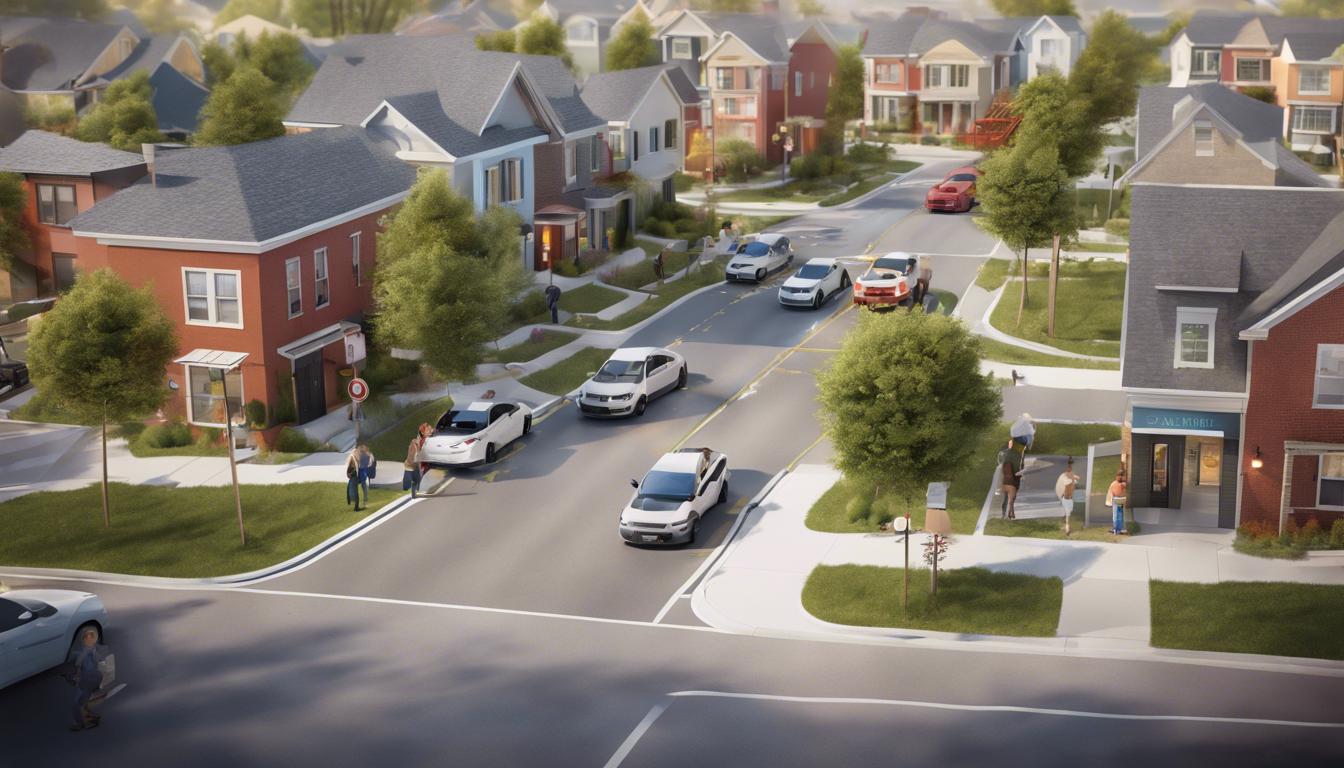New guidelines from the Department for Transport mandate local consultation for Low Traffic Neighbourhoods, balancing traffic reduction with community needs and accessibility.
New guidelines issued by the UK’s Department for Transport (DfT) now mandate that councils must consider the opinions of local residents, businesses, and emergency services before implementing Low Traffic Neighbourhoods (LTNs). These measures are taken to reduce vehicular traffic in certain areas by installing barriers on specific streets. The decision follows criticisms regarding the impact of LTNs on emergency response times, accessibility for disabled individuals, and the increase in the number of Penalty Charge Notices within these zones.
Additionally, councils risk losing funding and facing government intervention if the road schemes fail to align with local community needs. Transport Secretary Mark Harper highlighted the government’s dedication to enhancing drivers’ experiences while also introducing broader measures. These include setting 20mph speed limits, traffic light upgrades, and consultations on penalties for blocking yellow box junctions and the use of noise cameras to combat vehicle noise pollution.
This shift in government approach has generated varied responses: Labour criticizes it as a governmental overreach into local matters, while motoring organisations like the RAC and The AA have praised the clarity it brings to traffic management and enforcement policies.
Part of the government’s “plan for drivers”, these changes aim to provide travel solutions that prioritize individual needs nationwide and ensure roads are safer and more inclusive for all users. The necessity of resident approval for LTN implementations marks a significant move towards acknowledging the importance of local voices in the shaping of traffic and urban mobility policies.













